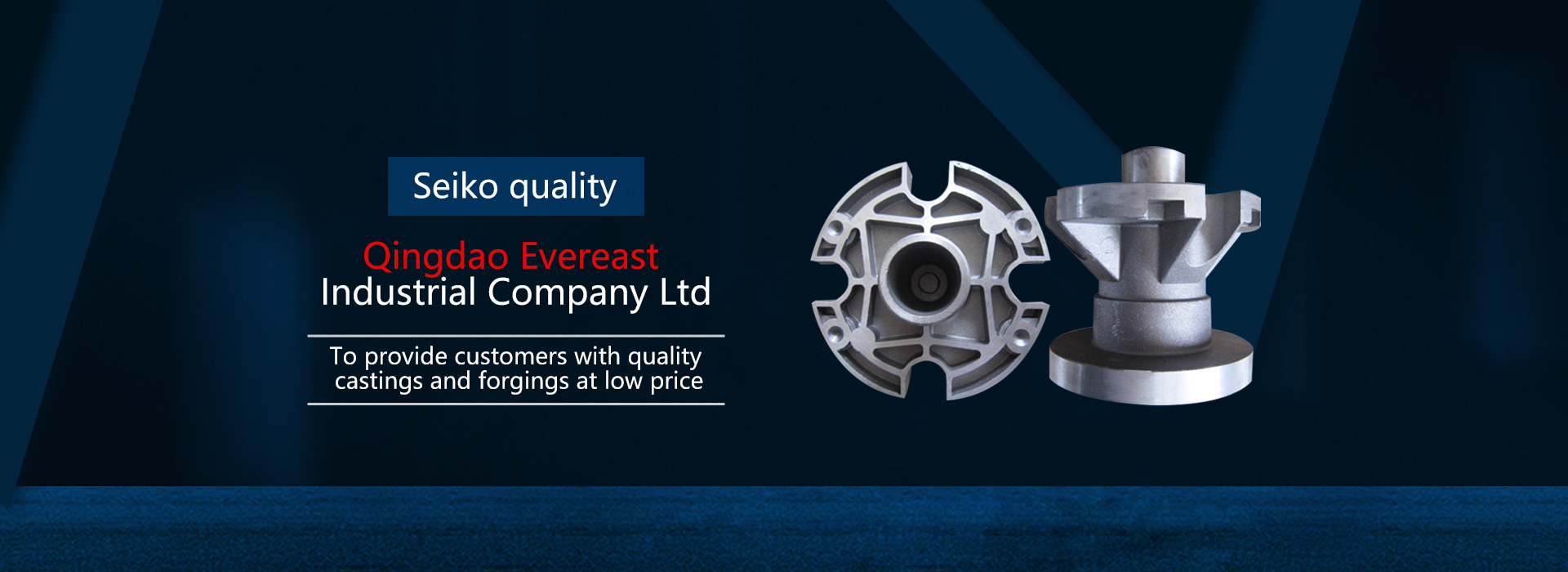Qingdao Evereast Industrial Company Ltd
Offer good and inexpensive castings and forgings to customers
400-000-000
Interest rate cut for the machinery industry
2021-05-13
The People's Bank of China recently announced its decision to cut the benchmark interest rates of RMB deposits and loans for financial institutions starting from June 8, 2012. Industry insiders said that the prosperity of the machinery industry and credit policy is closely related, the interest rate will have a positive impact on the industry.
Bank of China international in the report pointed out that from the point of this year, a quarterly, machinery industry as a whole asset-liability ratio is 58.24%, down 1.7% from a year earlier, a slight drop in industry as a whole asset-liability ratio, partly reflects the past tightening loan difficult problem, but close to 60% of the asset-liability ratio is still reflected the interest burden of listed companies is serious. As can be seen from the change in the ratio of financial expenses to total operating revenue from the first quarter of 2011 to the first quarter of 2012, the ratio of financial expenses to total operating revenue for the machinery industry as a whole has been increasing for the past five quarters, reaching 0.8% in the first quarter of 2012, more than double the same period last year. 12 of the 15 sub-industries in the machinery industry showed different degrees of improvement in financial expense ratio. Bank of China International believes that the interest rate cut on heavy assets, high debt ratio and cash flow tension of the machinery industry as a whole is undoubtedly a big positive, will promote the decline of financial costs in the industry. Based on the level of debt in the machinery industry in the first quarter of this year, the rate cut will reduce the industry's financial expenses by about 4% in 2012 and increase its after-tax profit by 0.3% in 2012.
Haitong Securities pointed out that the upper limit of deposit interest rate floating range was raised to 1.1 times the benchmark interest rate as the central bank cut interest rates, and the lower limit of lending interest rate was lowered to 0.8 times the benchmark interest rate. The degree of interest rate liberalization in the banking industry was increased, which narrowed the profit margin of banks in principle. Therefore, this rate cut both "steady growth" and "promoting transformation", a 0.25% drop in interest rates directly to stimulate the economy, increase the interest rate marketization will make profits into manufacturing for a long time, adjust the phenomenon of unfair distribution of social interests and good mechanical industry, especially the engineering machinery industry and railway equipment.
Taking the construction machinery industry as an example, CITIC Securities (600030, shares) pointed out that the positive impact of interest rate cuts on the industry is mainly reflected in three aspects. First of all, the interest rate cut reduces the financing cost of engineering projects, which is conducive to the resumption of suspended projects, the acceleration of projects under construction and the start of new projects. Secondly, because the current construction machinery customers mainly purchase machines through financial leasing and mortgage loans, the rate cut reduces the cost of purchasing machines for customers and improves the return on investment of equipment, which is conducive to providing customers with enthusiasm for purchasing machines. Finally, due to the current high debt ratio of host manufacturers, the interest rate cut is conducive to reducing the debt cost of host manufacturers.
CITIC Securities further pointed out that the boom of construction machinery is closely related to credit policies and government investment. In addition to this rate cut, the central bank has also lowered the RMB reserve ratio recently. CITIC Securities believes that the recent credit easing is positive for the industry. Although it is expected that the pulling effect on construction machinery is less than in 2008, it is conducive to improving pessimistic expectations. It is expected that these policies will take effect in two months.
Bank of China international in the report pointed out that from the point of this year, a quarterly, machinery industry as a whole asset-liability ratio is 58.24%, down 1.7% from a year earlier, a slight drop in industry as a whole asset-liability ratio, partly reflects the past tightening loan difficult problem, but close to 60% of the asset-liability ratio is still reflected the interest burden of listed companies is serious. As can be seen from the change in the ratio of financial expenses to total operating revenue from the first quarter of 2011 to the first quarter of 2012, the ratio of financial expenses to total operating revenue for the machinery industry as a whole has been increasing for the past five quarters, reaching 0.8% in the first quarter of 2012, more than double the same period last year. 12 of the 15 sub-industries in the machinery industry showed different degrees of improvement in financial expense ratio. Bank of China International believes that the interest rate cut on heavy assets, high debt ratio and cash flow tension of the machinery industry as a whole is undoubtedly a big positive, will promote the decline of financial costs in the industry. Based on the level of debt in the machinery industry in the first quarter of this year, the rate cut will reduce the industry's financial expenses by about 4% in 2012 and increase its after-tax profit by 0.3% in 2012.
Haitong Securities pointed out that the upper limit of deposit interest rate floating range was raised to 1.1 times the benchmark interest rate as the central bank cut interest rates, and the lower limit of lending interest rate was lowered to 0.8 times the benchmark interest rate. The degree of interest rate liberalization in the banking industry was increased, which narrowed the profit margin of banks in principle. Therefore, this rate cut both "steady growth" and "promoting transformation", a 0.25% drop in interest rates directly to stimulate the economy, increase the interest rate marketization will make profits into manufacturing for a long time, adjust the phenomenon of unfair distribution of social interests and good mechanical industry, especially the engineering machinery industry and railway equipment.
Taking the construction machinery industry as an example, CITIC Securities (600030, shares) pointed out that the positive impact of interest rate cuts on the industry is mainly reflected in three aspects. First of all, the interest rate cut reduces the financing cost of engineering projects, which is conducive to the resumption of suspended projects, the acceleration of projects under construction and the start of new projects. Secondly, because the current construction machinery customers mainly purchase machines through financial leasing and mortgage loans, the rate cut reduces the cost of purchasing machines for customers and improves the return on investment of equipment, which is conducive to providing customers with enthusiasm for purchasing machines. Finally, due to the current high debt ratio of host manufacturers, the interest rate cut is conducive to reducing the debt cost of host manufacturers.
CITIC Securities further pointed out that the boom of construction machinery is closely related to credit policies and government investment. In addition to this rate cut, the central bank has also lowered the RMB reserve ratio recently. CITIC Securities believes that the recent credit easing is positive for the industry. Although it is expected that the pulling effect on construction machinery is less than in 2008, it is conducive to improving pessimistic expectations. It is expected that these policies will take effect in two months.







